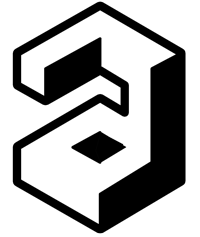Synergistic Effects of Amniotic Membrane and Human Milk Exosomes on Burn Wound Healing
No Thumbnail Available
Date
2025
Journal Title
Journal ISSN
Volume Title
Publisher
Elsevier Sci Ltd
Open Access Color
OpenAIRE Downloads
OpenAIRE Views
Abstract
Background: Thermal burns are one of the most common burns. Studies are ongoing to develop synthetic or biological wound dressings to ensure painless and scarless healing of burn wounds. Objectives: This study aimed to combine the human amniotic membrane with breast milk-based exosomes and investigate their effects on burn wound healing. Methods: 24 Wistar Albino rats weighing 200-250 g and of both genders were used. Rats were divided into control, burn, burn+human amniotic membrane (hAM) and burn+hAM+Exosomes (hAM+Exo) groups. Burn injury was induced by exposing the back of rats to 90 degrees C water for 10 s. Rats were treated with hAM and hAM+ Exo for seven days after injury. At the end of the 7th day, the skin samples were taken and analyzed biochemically and histologically. TNF-alpha, IL-1(i, type III collagen, malondialdehyde (MDA), glutathione (GSH), total protein, superoxide dismutase (SOD), and tissue factor (TF) activity were determined in skin samples. Results: In the burn group, skin TNF-alpha levels increased, IL-1(i and type III collagen levels decreased. Wound healing therapy reversed these results. In the hAM+Exo group, the TNF-alpha level was lower, and IL-1 beta and type III collagen levels were higher than in the hAM group. MDA and total protein levels increased, and GSH, tissue factor, and SOD activities decreased in the burn group. In hAM and hAM+Exo groups, MDA levels decreased, and GSH and SOD activity increased compared to the burn group. The GSH levels were significantly higher in the hAM+Exo group compared to the hAM group. Conclusion: In conclusion, combining exosomes and amniotic membrane induced changes consistent with better wound healing than amniotic membrane alone.
Description
Keywords
Human Bresat Milk, Exosomes, Amniotic Membrane, Burn, Wound Healing
Turkish CoHE Thesis Center URL
Fields of Science
Citation
WoS Q
Q1
Scopus Q
Q2
Source
Burns
Volume
51
Issue
7
Start Page
End Page
PlumX Metrics
Citations
Scopus : 0
Captures
Mendeley Readers : 4

Google Scholar™
